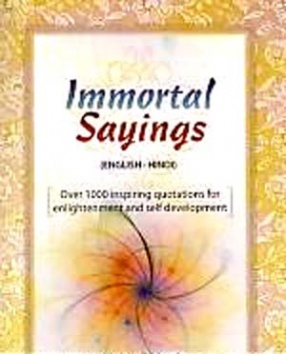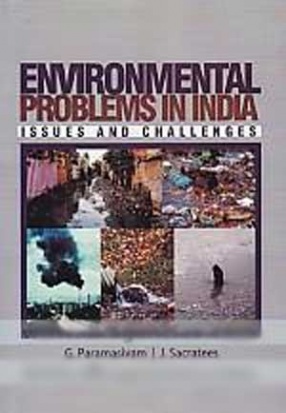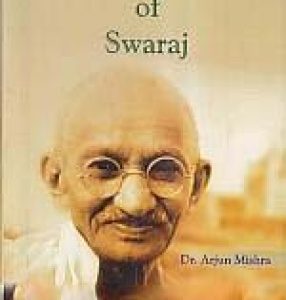
Ankit Publications

Showing all 14 books

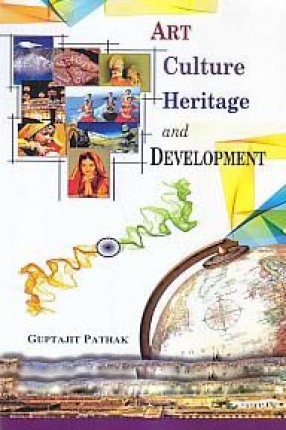
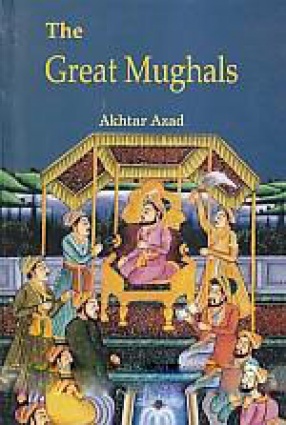
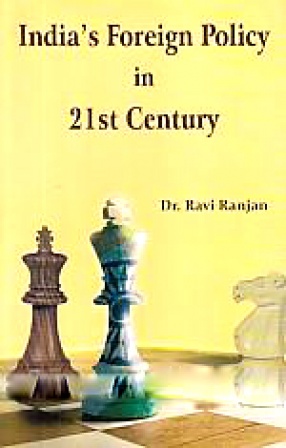



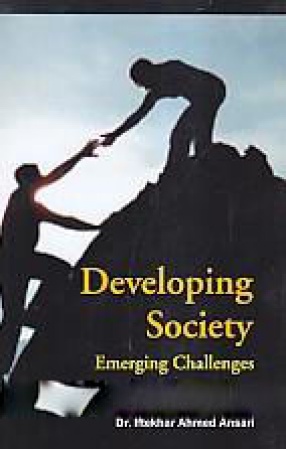
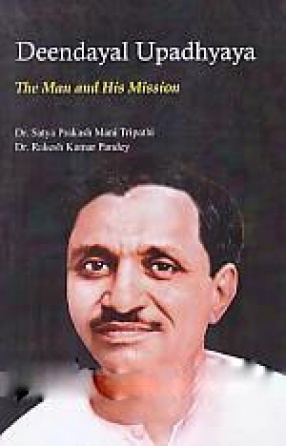
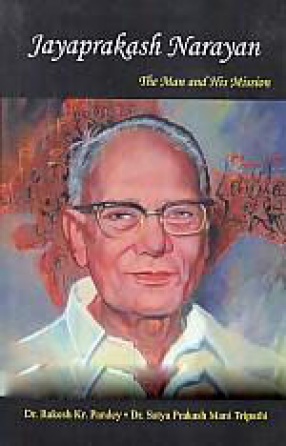
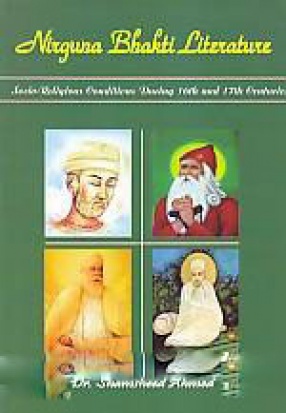

Contents: Preface. 1 .Introduction. 2. Babur (1526-1530). 3. Humayun (1530-1540, 1555-1556). 4. Akbar (1556-1605). 5. Jahangir (1605-1627). 6. Shah Jahan (1627-1658). 7. Aurangzeb (1658-1707). 8. Bahadur Shah (1707-1712). 9. Jahandar Shah (1712-1713). 10. Furrukhsiyar (1713-1719). 11. Rafi ul-Darjat (1719-1719). 12. Rafi ud-Daulat (1719-1719). 13. Neku Siyar (1719-1743). 14. Mohammed Ibrahim (1720-1744). 15. Mohammed Shah (1719-1720, 1720-1748). 16. Ahmad Shah ...

This book presents a critical analysis of India’s foreign policy. Going deep into the historical background of Indian foreign policy, it discusses at length its guiding principles such as Panchsheel, good relations with neighbouring countries and pursuit of national interests.
Presenting a critical assessment of Jawaharlal Nehru’s foreign policy, it describes in detail India’s place in global balance of power, her role in Non-Aligned Movement, ...
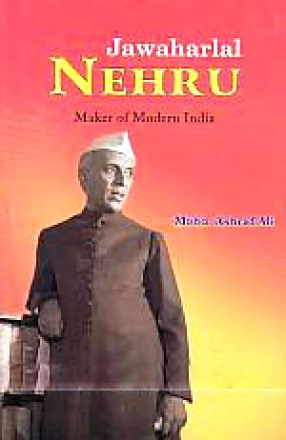
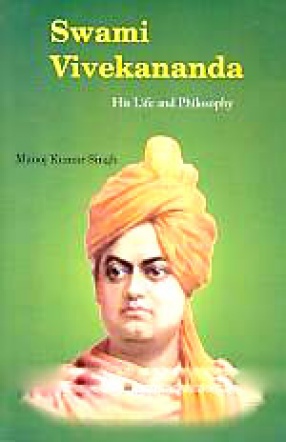
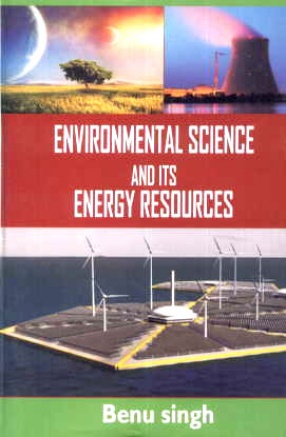
Environmental Science is the study of the interactions among the physical, chemical and biological components of the environment; with a focus on pollution and degradation of the environment related to human activities and the impact on biodiversity and sustainability from local and global development.
It is inherently an interdisciplinary field that draws upon not only its core scientific areas, but also applies knowledge from other nonscientific studies such as ...

